Oregon stands as a pristine tourist destination, enticing travelers with its diverse wildlife, unique landscapes, and vibrant culture. Amidst the allure, it’s crucial for visitors to be aware of the iconic arachnids inhabiting the region. From eight-legged creatures showcasing their web-spinning prowess to their distinctive coloring, these spiders contribute to the ecosystem’s balance. However, some are potentially dangerous, with Oregon harboring certain poisonous spiders that demand travelers’ attention for a safe and enjoyable experience.
Table of Contents
Western Black Widow
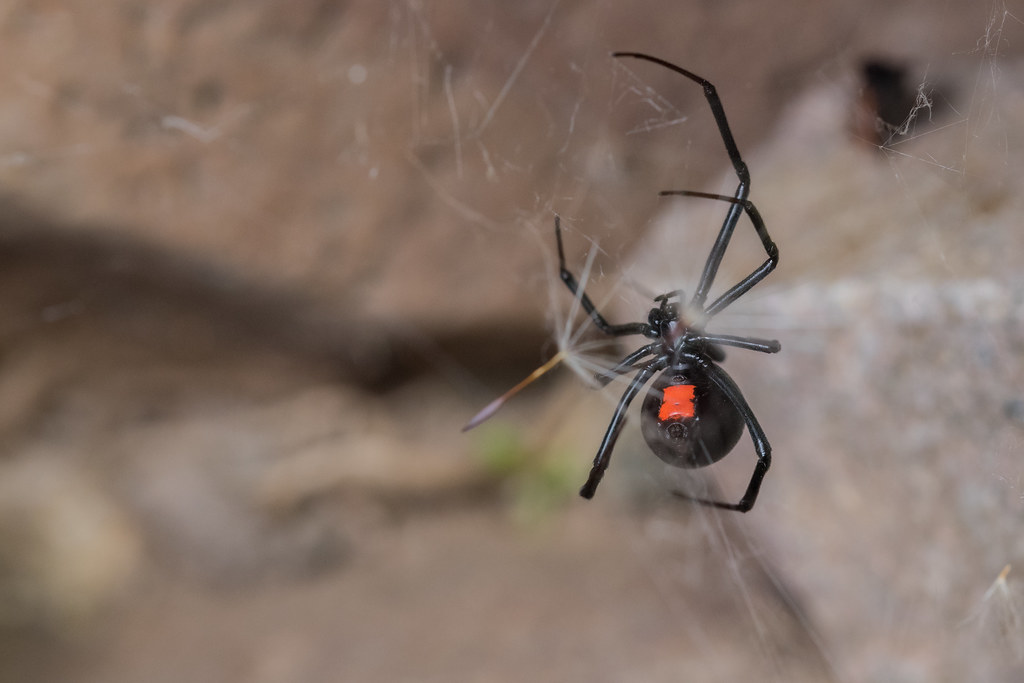
The western black widows, notable poisonous spiders in Oregon, stand out as the most dangerous creatures in the region. With females growing up to an inch in length and males about half an inch, these spiders sport a black color, often accompanied by an hourglass-shaped red marking on their abdomen. The color variations in different regions demand caution. Known for their irregular webs and aggressive nature, these spiders pose a significant threat. Their bites contain highly potent venom, leading to severe infections, hallucinations, nausea, vomiting, and, in extreme cases, fatalities. Travelers exploring Oregon must be vigilant to avoid encounters with this perilous species.
Cellar Spider
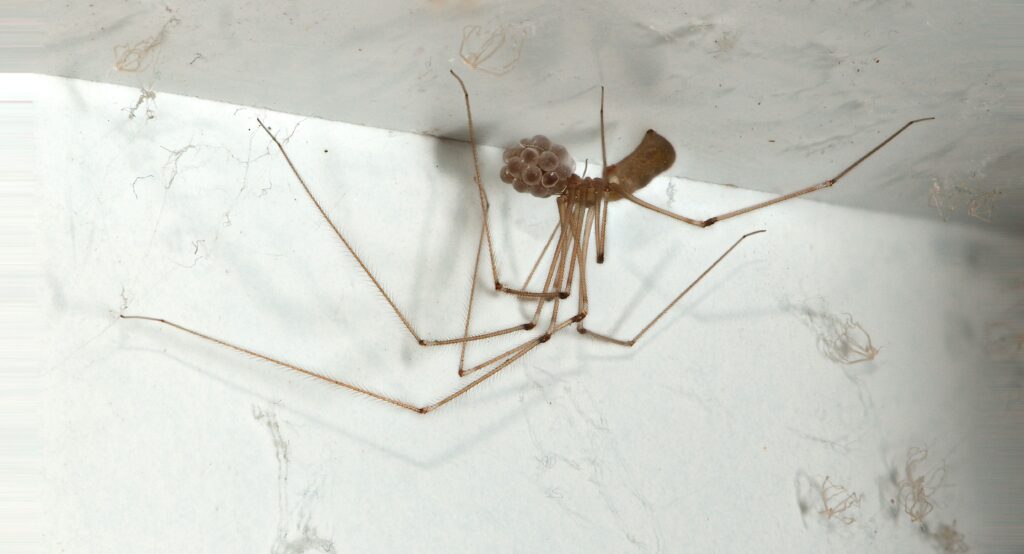
The cellar spiders, poisonous spiders prevalent in Oregon, reach up to 51 millimeters in length and have a distinct peanut shape. Unlike the common eight eyes found in Oregon spiders, cellar spiders have six. Armed with a potent venom, they build webs to capture prey, attacking when vibrations signal the entrapment. Notably, they also hunt and kill venomous spiders, potentially transferring dangerous bacteria and venom. Awareness is crucial when dealing with cellar spiders to mitigate potential risks.
Long-Palped Ant Mimic Sac Spider
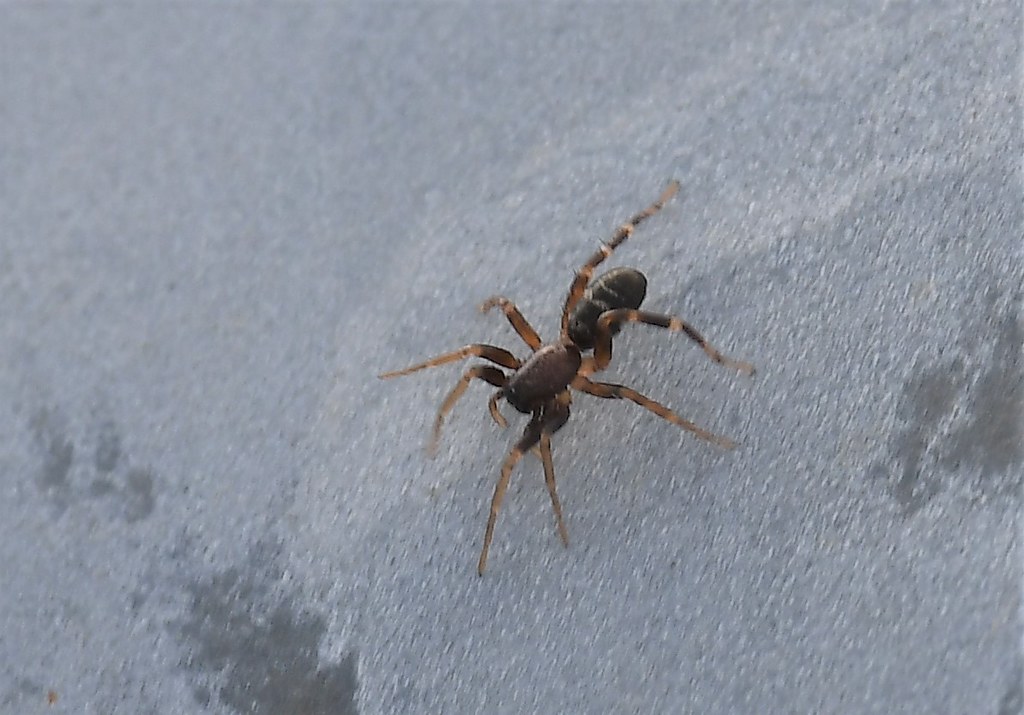
Thriving in various habitats around the region, the long-palped ant mimic spider employs camouflaging techniques, mimicking ant behaviors. Physical features vary, with brown, black, and grayish-white cephalothorax and head, and translucent legs. Growing up to half an inch for females and slightly shorter for males, these spiders exhibit aggressiveness with quick movements. While they may flee, cornering them could lead to defensive attacks. Venom from their bites causes discomfort and severe infections. Travelers should exercise caution, especially in areas where these aggressive spiders are prevalent.
Mouse Spider
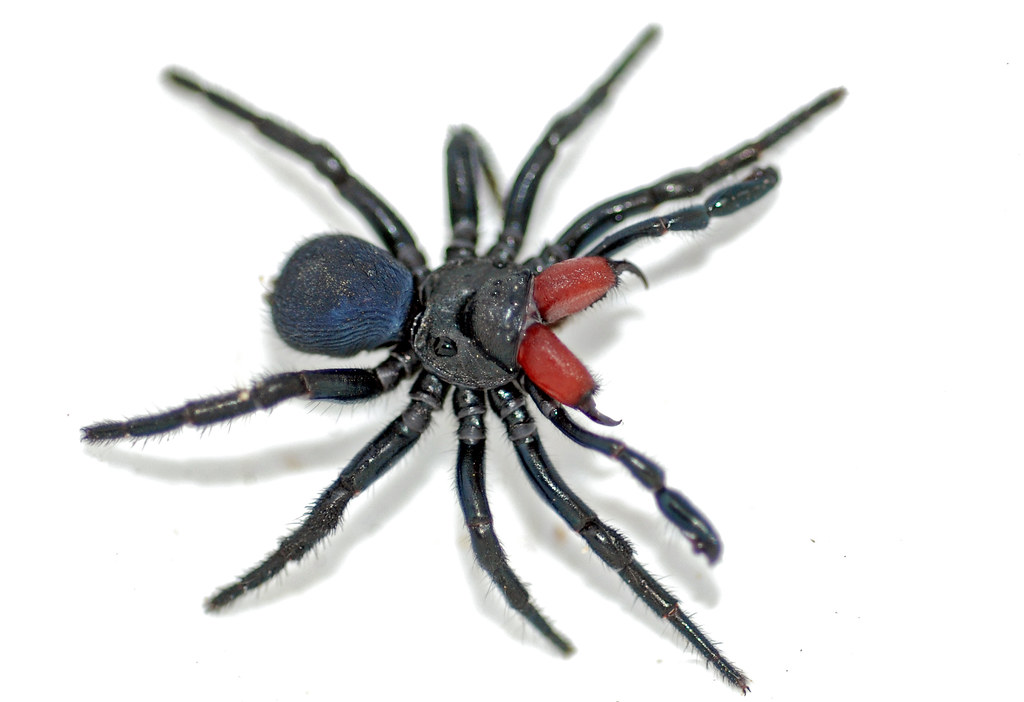
Found in Oregon, the mouse spider presents a significant danger due to its potent venom. Growing up to 1.2 inches, these spiders exhibit sexual dimorphism, with females being larger and completely black, while males display varying colorations. Thriving in semi-arid areas, they dig deep furrows for shelter and feed on small insects. Their poison can lead to severe infections, requiring vigilance from travelers. Antivenom is available, emphasizing the importance of being cautious when encountering these dangerous spiders.
Red-Backed Jumping Spider
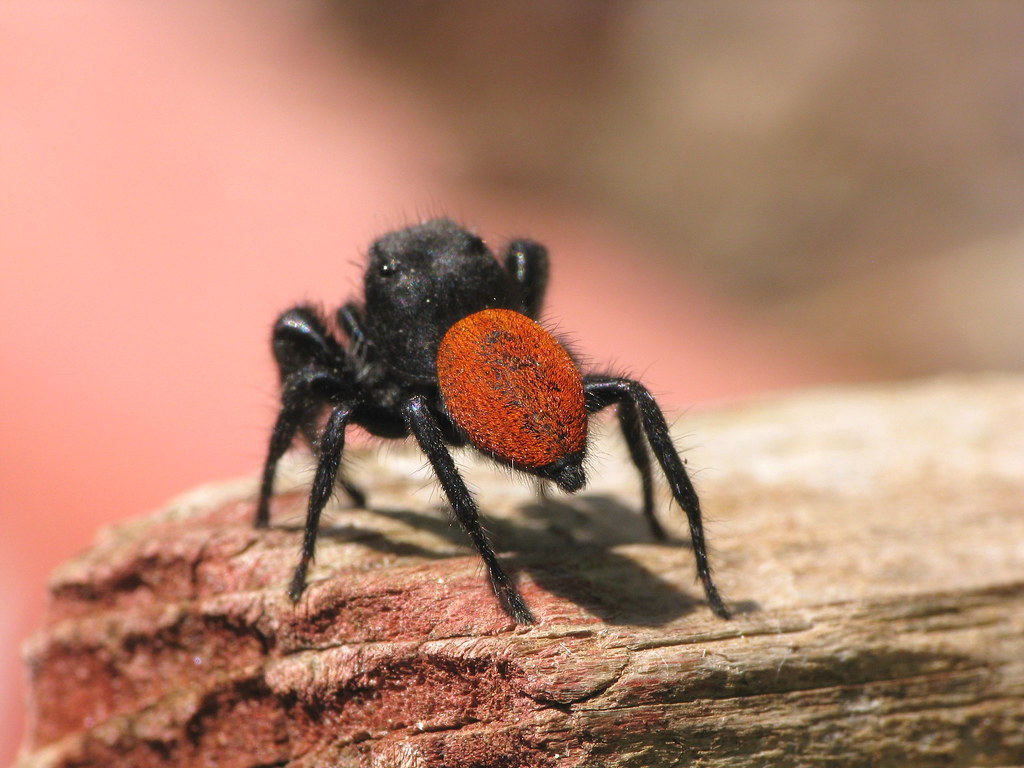
The red-backed jumping spider, an iconic species in Oregon, is easily recognizable by its black body and red-shaded abdomen. With a distinctive line running across the abdomen and occasional yellow or white dots, these spiders can grow up to half an inch for females and slightly shorter for males. Inhabiting various regions in Oregon, they carry dangerous bacteria and possess venomous poison due to their diverse diet. Despite their underestimated appearance, red-backed jumping spiders pose a considerable threat, necessitating caution from those exploring the state’s different habitats.
Black-Footed Yellow Sac Spider

The black-footed yellow sac spider, found in Oregon, presents a significant threat due to its venomous nature. Coming in various colors like dark brown and beige, these spiders feature black palps and jaws, carrying a distinctive yellow sac. An orange stripe runs down their abdomen, signaling their potential danger. Bites from these spiders result in swelling, itching, and severe allergic reactions. Particularly dangerous for the elderly and children, caution is advised when venturing into areas inhabited by these venomous spiders, commonly found in scrubs and trees.
Western Parson Spider
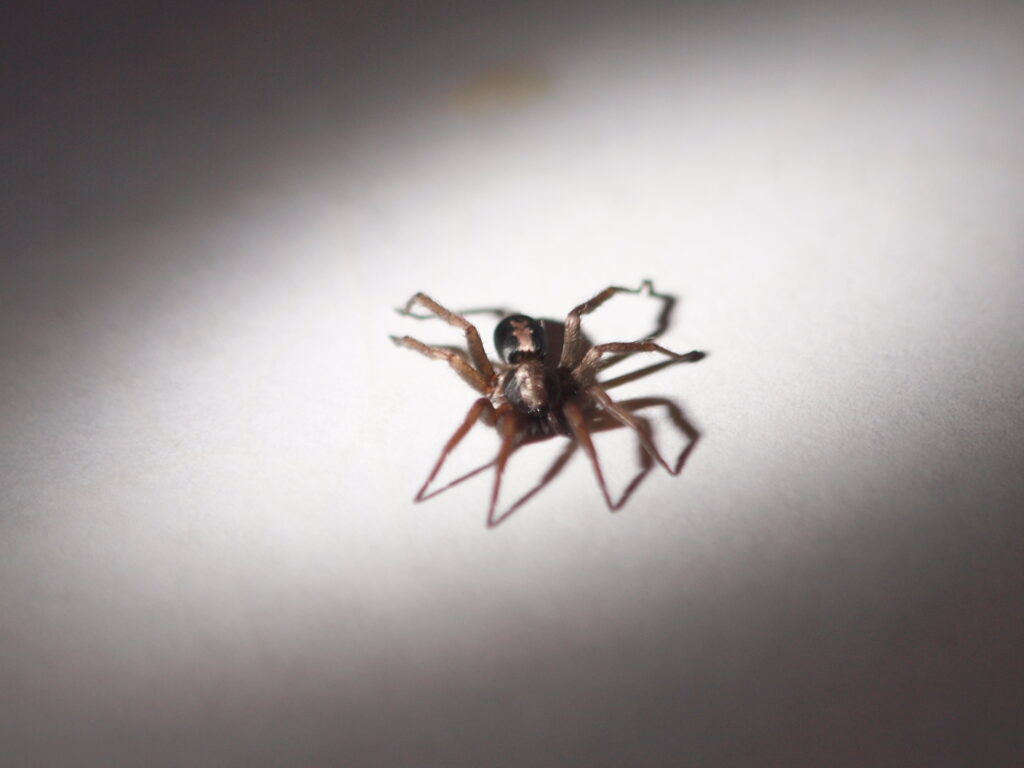
The western parson spider, a ground-dwelling species in Oregon, stands out with its median abdominal stripe resembling 18th-century ministerial cravats. Sporting colors like black, tan, and brown, covered in short hairs, these spiders exhibit remarkable hunting skills. With agility, speed, and precision, they immobilize prey using their venom, which poses severe side effects on humans. Vigilance is essential to avoid potential encounters with these dangerous spiders during travel in the region.
Hobo Spider
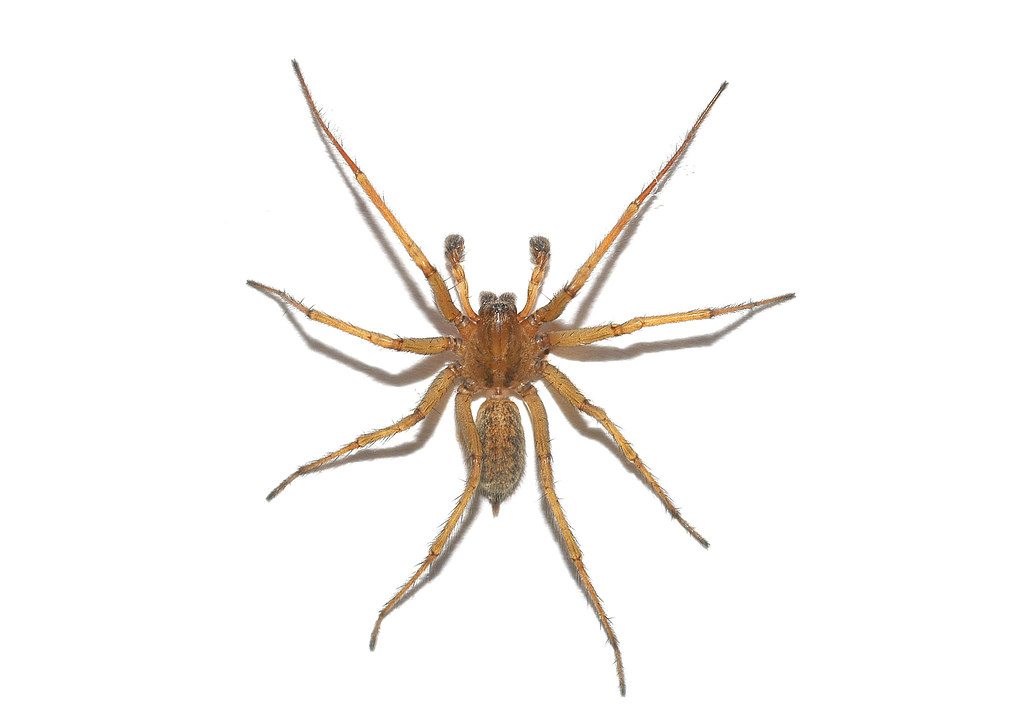
Thriving in various habitats across Oregon, the hobo spider, especially females growing up to 14 millimeters, is venomous and known for its aggressiveness. Recognized by a dark line on their abdomen, these spiders move actively by climbing on vehicles, trees, and other surfaces. Caution is urged, as they are poisonous when trapped against the skin. Found under rocks and amidst debris, being aware of their presence is crucial for travelers exploring different areas.
Pacific Folding-Door Spider

The Pacific folding-door spider, a distinctive species thriving in various parts of Oregon, boasts thick legs and stocky bodies. Named for their unique silk-lined burrow-closing technique, they have eight eyes and come in colors such as black, light brown, and tan. Females can grow up to 0.51 inches, slightly larger than males. Preferring damp environments like forests, they construct webs in decaying wood, moss, and sand. Active at night, these spiders deliver a highly potent venom through their upper body, making caution imperative due to the poison and bacteria they carry. Hibernate during winter months, it’s essential to be cautious when encountering them.
_____________
Check out the spiders to watch out for in other US states:


